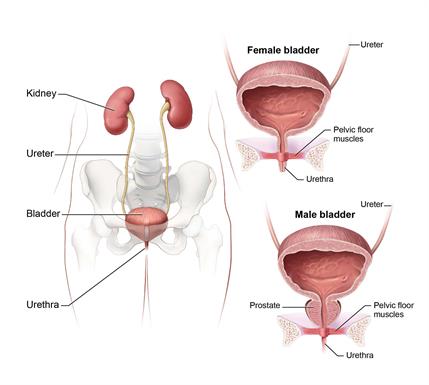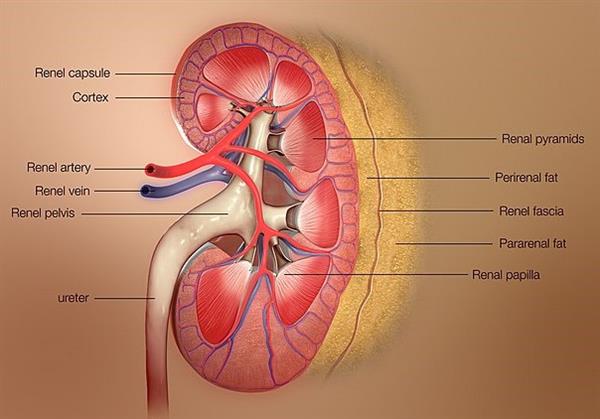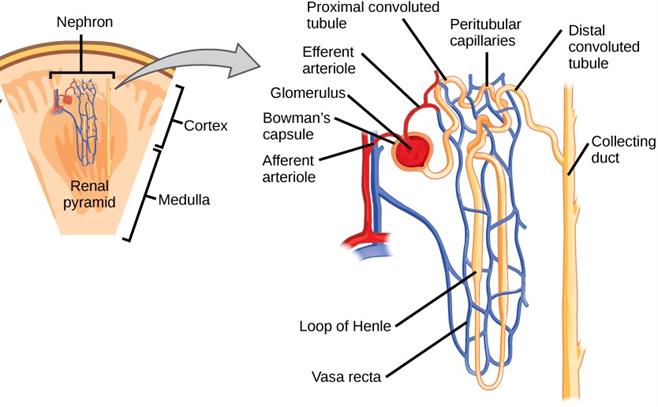
PUMPA - SMART LEARNING
எங்கள் ஆசிரியர்களுடன் 1-ஆன்-1 ஆலோசனை நேரத்தைப் பெறுங்கள். டாப்பர் ஆவதற்கு நாங்கள் பயிற்சி அளிப்போம்
Book Free DemoWe have seen how living beings remove gaseous wastes like \(CO_2\) produced during respiration. In addition, other metabolic activities generate waste products that must be removed from the body. The different metabolic wastes products that must be removed from the body include nitrogenous wastes, mineral salts, hormones, vitamins etc.
The biological process through which the harmful metabolic wastes are removed from the body is called excretion.
Defecation is the removal of wastes and undigested solid food wastes called faeces through the anus. Different organisms use different methods through which metabolic wastes are removed.
Unicellular organisms like Amoeba, Plasmodium etc., removes wastes by simple diffusion from the body's surface into the surroundings. On the other hand, multicellular organisms use special organs to carry out excretion.
Human excretory system
The human excretory system removes waste from the body through the skin as sweat through perspiration, the lungs in the form of \(CO_2\) gas through expiration, and the urinary system in the form of urine.
The skin plays a role in excretion through sweat by the sweat glands in the dermis. Perspiration eliminates the excess water, salts as well as small amount of urea.
The excretory system comprises specialised structures and capillary networks, which aids in the excretory process. It includes \(two\) kidneys, a pair of ureters, urinary bladder and urethra.

Human excretory system
1. Kidneys
The kidneys are present in the abdomen, one on either side of the backbone. The kidneys are dark-red, bean-shaped structures that eliminate excess water and wastes from the bloodstream as urine (liquid waste).
The kidney is composed of filtering units called a nephron. A single kidney contains about \(ten lakh\) nephrons. Nephrons are the structural and functional units of the kidneys.

Structure of kidneys
2. Ureters
The ureter of each kidney is a narrow, tubular structure that opens into the urinary bladder. Ureters carry urine from the kidneys to the urinary bladder.
3. Urinary bladder
The urinary bladder is the reservoir of urine that stores urine temporarily.
4. Urethra
The urethra is a canal-like structure that opens into the exterior through the urethral orifice. Urine produced in the kidneys passes through the ureters into the urinary bladder. It is stored there until it is released through the urethra.
Nephrons - The Unit of Excretory System
Blood enters the kidney from the aorta through the renal artery. The renal artery is distributed as smaller vessels until it forms a cluster of thin-walled capillaries in each of the nephrons. Then, the renal artery divides further, forming the afferent renal arterioles.
The afferent renal arteriole enters the nephron through Bowman's capsule. The nephron is composed of a cup-shaped Bowman's capsule. The afferent renal arteriole forms a network of blood capillaries in the Bowman's capsule to form the glomerulus.
The glomerulus and the Bowman's capsule together form the renal corpuscle. The blood entering the glomerulus carries wastes that are filtered in the Bowman's capsule. Efferent renal arteriole takes the blood and leaves from the glomerulus.
The Bowman's capsule extends further as a long tube that is highly coiled, called the proximal convoluted tubule (PCT). Then it goes downwards and again upwards as a U-shaped loop called the loop of Henle.
The loop of Henle become coiled as a distal convoluted tubule (DCT) that reaches and joins the collecting duct. Tubes from different nephrons converge into the collecting duct, which finally goes to the ureter.

Structure of a nephron
Reference:
https://commons.wikimedia.org/wiki/File:3D_Medical_Animation_depicting_Kidney_Layers.jpg
https://www.flickr.com/photos/nihgov/25137782099
https://upload.wikimedia.org/wikipedia/commons/9/9c/Figure_41_03_03.png